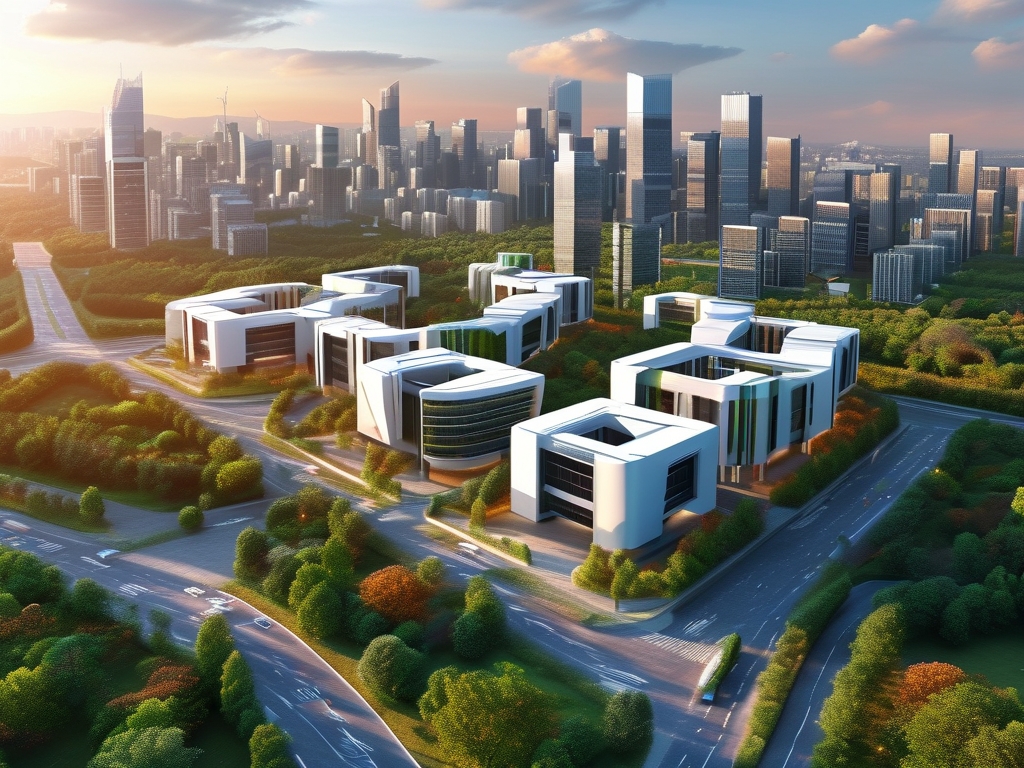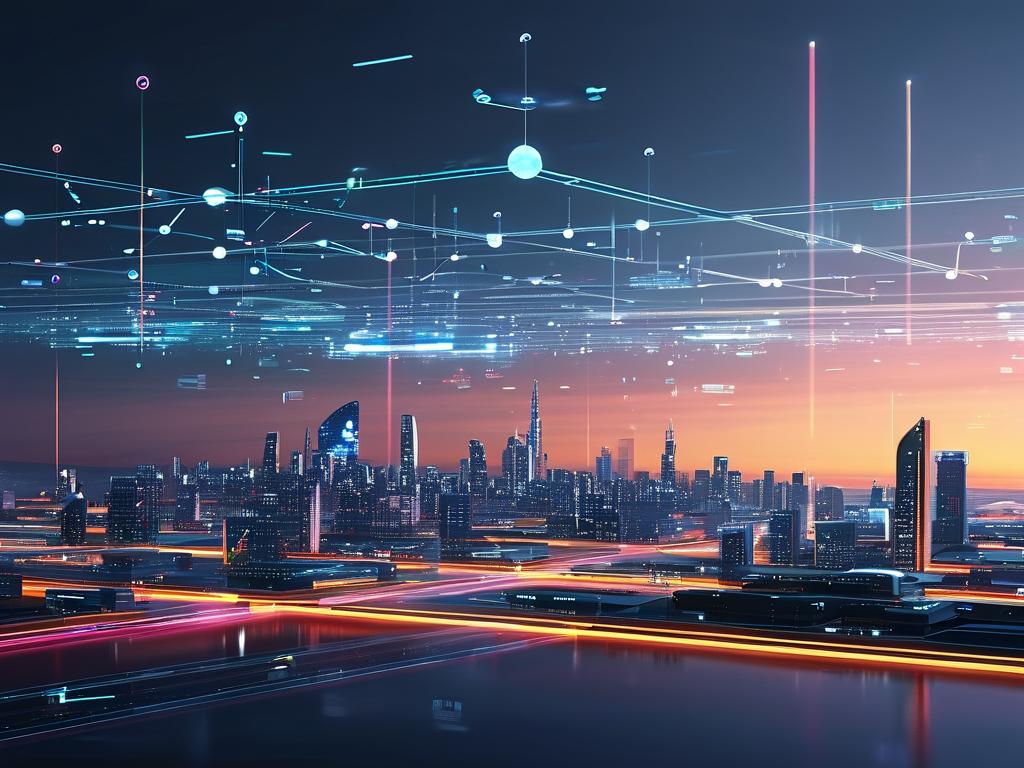The evolution of distributed systems has entered a transformative phase, driven by the exponential growth of cloud computing, IoT ecosystems, and real-time data processing demands. This article explores next-generation distributed architecture designs that prioritize scalability, resilience, and operational efficiency while addressing modern challenges like latency reduction, fault tolerance, and cross-region coordination.
1. Core Principles of Modern Distributed Architectures
Contemporary distributed systems are built on three foundational pillars:
- Decentralized Decision-Making: Leveraging autonomous microservices and serverless components to minimize single points of failure.
- Adaptive Elasticity: Dynamic resource allocation powered by Kubernetes clusters and AI-driven autoscaling.
- Event-Driven Communication: Using message brokers like Apache Kafka or RabbitMQ to enable asynchronous, real-time data flows.
These principles enable architectures to self-optimize under fluctuating workloads, such as e-commerce platforms handling Black Friday traffic spikes or IoT networks processing sensor data during emergencies.
2. Layered Modularity for Cross-Platform Compatibility
Next-gen designs adopt a layered approach:
- Edge Layer: Deploys lightweight compute nodes (e.g., AWS Greengrass) for preprocessing data near IoT devices.
- Fog Layer: Regional hubs for latency-sensitive tasks like fraud detection in fintech applications.
- Cloud Core: Centralized management of large-scale analytics and machine learning workloads.
A case study from autonomous vehicle networks demonstrates this: Edge nodes process lidar data locally, fog layers coordinate vehicle-to-vehicle communication, while cloud systems update global traffic models.

3. Intelligent Fault Containment Strategies
Traditional redundancy models are being replaced by predictive fault management:

- Chaos Engineering: Proactively testing failure scenarios using tools like Gremlin.
- CRDTs (Conflict-Free Replicated Data Types): Ensuring data consistency during network partitions.
- Blockchain-Backed Auditing: Immutable transaction logs for financial systems and supply chains.
For instance, a global retail chain using this approach reduced downtime by 73% during regional cloud outages by automatically rerouting orders to alternate data centers.
4. Energy-Efficient Design Patterns
Sustainability is now a key architectural metric:
- Serverless Cold Start Mitigation: Pre-warming functions through predictive algorithms.
- Geosharding: Distributing data based on user proximity to reduce transmission energy.
- Hardware-Aware Scheduling: Matching workloads to GPU/CPU capabilities in hybrid clouds.
A video streaming platform achieved 40% lower carbon footprint by implementing geosharding with Netflix’s Zuul gateway optimizations.
5. Future-Proofing Through Quantum Readiness
Emerging architectures incorporate quantum-resistant features:
- Post-Quantum Cryptography: NIST-standard algorithms for service-to-service authentication.
- Hybrid Quantum-Classical Workflows: Offloading optimization problems to quantum annealers.
- Entanglement-Based Consensus Protocols: Experimental approaches for ultra-secure blockchain networks.
Financial institutions like JPMorgan Chase are already testing quantum-ready distributed ledgers for high-frequency trading settlements.
The next generation of distributed architectures transcends traditional CAP theorem tradeoffs through intelligent automation, cross-layer integration, and sustainable design. By embracing these paradigms, organizations can build systems that scale to billions of connected devices while maintaining sub-millisecond response times and 99.9999% availability. As 5G and quantum networking mature, these architectures will form the backbone of tomorrow’s digital infrastructure, enabling breakthroughs from smart cities to decentralized metaverse economies.









